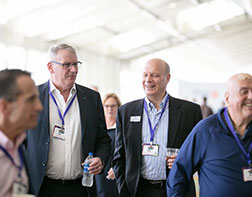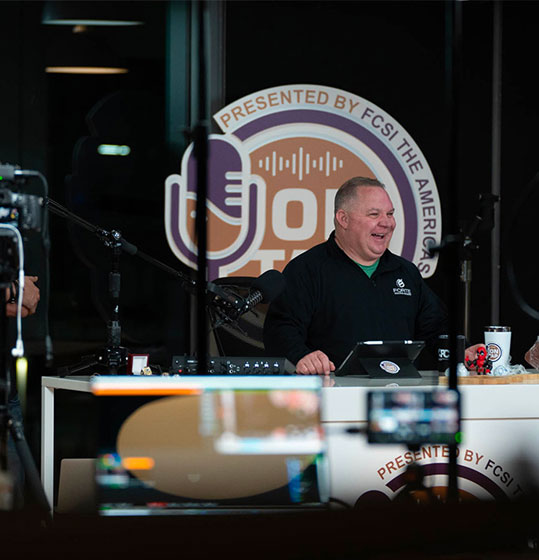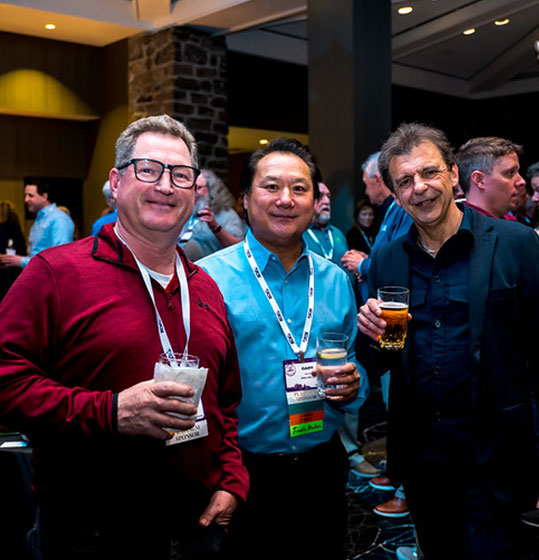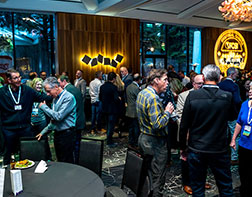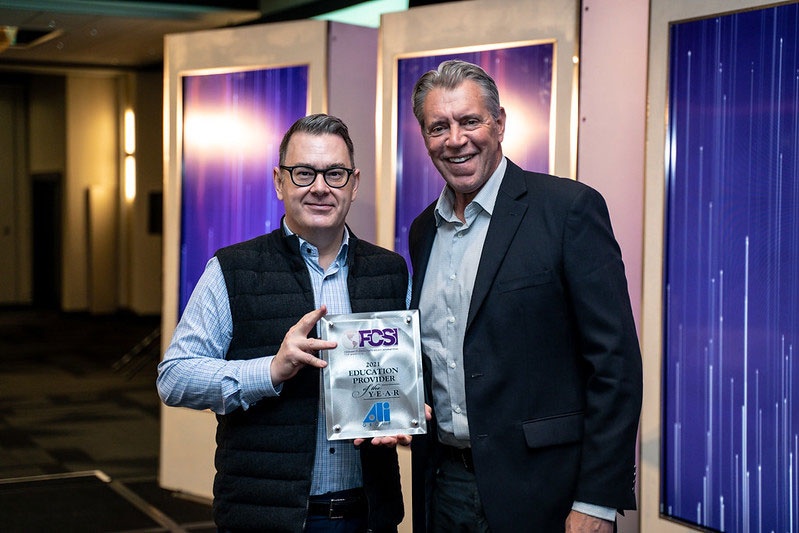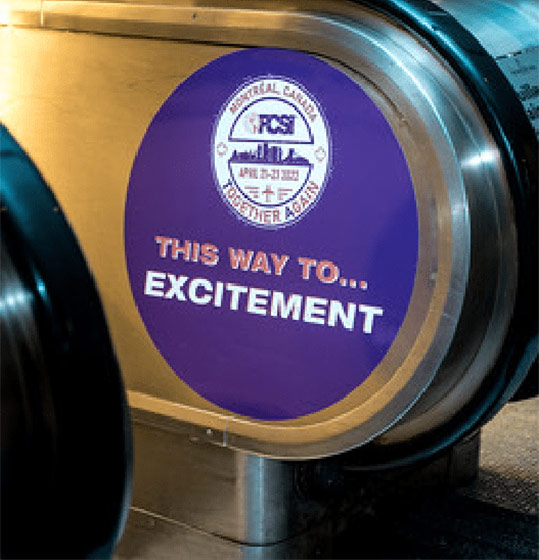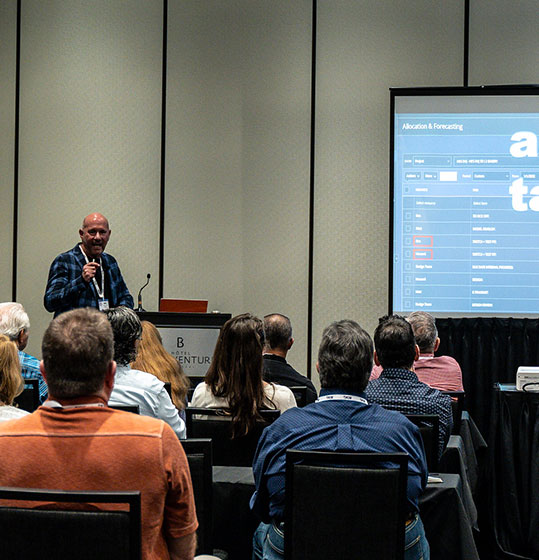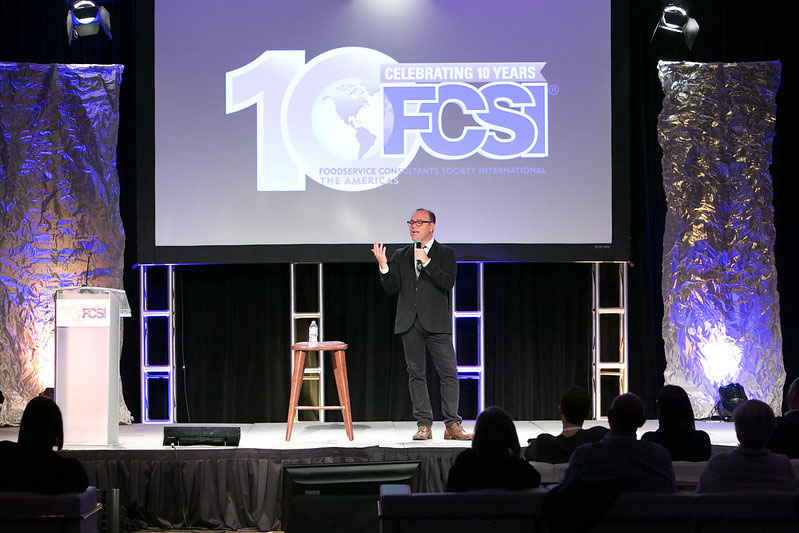Commercial Foodservice Energy and Economics Forecast 2025
Webinar +1 moreProvided by California Energy Wise (CEW), PG&E, Frontier Energy - Food Service Tech Center 2.0 CEU available The restaurant industry is one of the most challenging business sectors. Restaurant owners in California must deal with new regulations, a challenging labor market, and rising food, utility, and real estate costs. In 2024, operators will need to remain fast, flexible, and cost conscious in order to survive and flourish. The economic drivers for the industry will include gas prices, food delivery, consumer confidence, the recovering supply chain, and the challenge of finding adequate labor. High-output, energy-efficient, kitchen equipment and smart facility design are more important than ever for restaurant profitability. Join our guest speakers, Richard Young from Frontier Energy, Robin Ashton from Ashton Foodservice Consulting & the Ashton Report and Jot Condie, President and CEO of the California Restaurant Association as they discuss trends, innovations and the future state of our industry. Participants will be able to: Discuss National trends in the restaurant industry related to equipment and operations. Understand national and international market and growth trends are driving and shaping the food service industry. Utilize utility programs, services, and rebates for qualified energy-efficient equipment Speakers: Richard Young, Director of Education, Frontier […]

